
Trulia
When Trulia approached us for help with their rebrand, we jumped at the chance. Not only because we’d be working with our long-time collaborator (and former eBay client, Micky Onvural) but because all of us had been through the painful process of buying houses in the Bay Area. There had to be a better way! And Trulia thought so too. But they’d lost their way finding that way. Innovation had stagnated—largely because they’d gotten fixated on Zillow, their biggest competitor. And even though the company had built their reputation on disruptive innovation, things had devolved into a features arms race. We helped them hit the pause button on incremental updates and worked to rekindle their sense of purpose—by finding new ways to help real people find their way home.
And it’s been fascinating to see them push things even further.

The Problem
—
We’re locked in a death spiral with our biggest competitor.
What is it they say about real estate? Location. Location. Location. Well, the same was true for Trulia. This real estate search site had been in the right place at the right time from the get-go. Started in 2005, they’d built a booming business around bringing greater clarity—and greater transparency—to the intensely murky process of buying or selling a home. And they’d triumphed early at making that process less daunting and less painful for first-timers and old-timers alike. But then Zillow came along and basically ate their lunch—doing essentially the same thing the same way, but better. And instead of pausing to pivot, Trulia was stuck.
When our old pal Micky Onvural met with us to discuss the project, she came armed with hardcore quant data that showed how severely their numbers were trailing off. Brand awareness was low. People didn’t have a reason to choose them over their competition. Those that did weren’t very satisfied. Basically, Trulia wasn’t delivering what consumers needed—leading to massive churn, a low NPS, and tons of indifference. Micky was about to launch a pricey new ad campaign and when consumers came a-knockin’, she knew the status quo wouldn’t do. She wanted Trulia to take a really hard look at itself, and rediscover the tiger she knew was hiding inside.

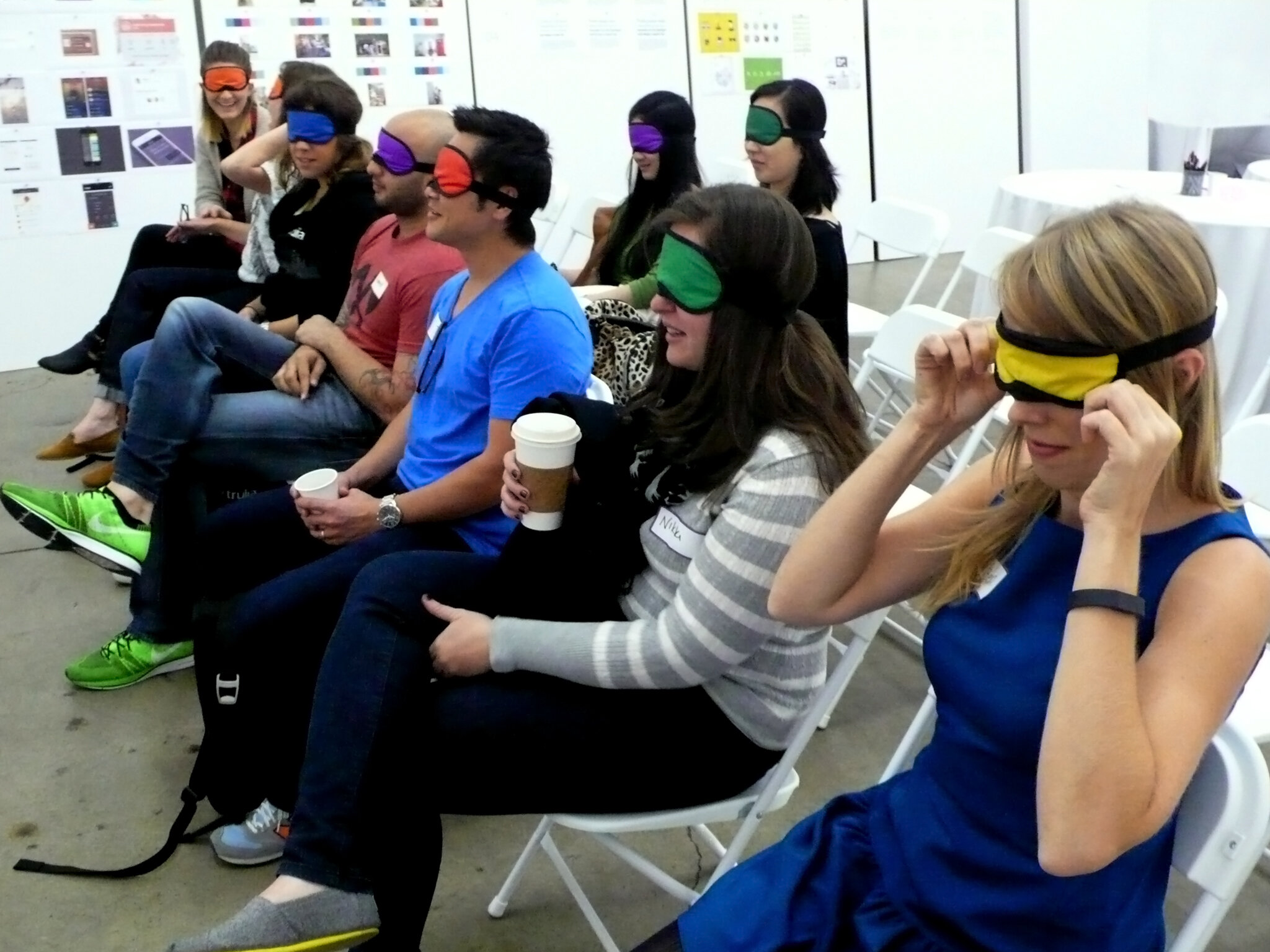
The Research
—
Trulia had developed a second-child complex.
The more we talked to people—old hands and newcomers alike—the clearer it became that Trulia really did have a reason for being. When the business began, there really wasn’t another brand consumers could turn to (and trust) when they had questions about buying a home. Back then, the industry was even more opaque than it is today. Basically, it was designed to obscure and confuse. So the founders built Trulia to shed light—to bring transparency to the process and help consumers find their way home. That was their original vision—the original disruption. And a rich culture of revolutionary zeal had grown up around it.
Fast forward a few years, and suddenly Trulia hack weeks had become less than inspiring flurries of speculative feature-by-feature one-upsmanship with Zillow. As two employees put it during our internal fact-finding: ‘We’re like an awkward tween’ and ‘Zillow is like a fly in the room…you can always hear it’. By acting reactively, they’d let Zillow define them. And by focusing so narrowly in front of them, they’d lost touch with the bigger problems their customers were facing. They’d gotten gun-shy, and fearful—leading to a sense that maybe being number two wasn’t so bad afterall.
More bad news came from their quantitative market research. After polling 10,000 potential home buyers, they scored low on brand awareness, satisfaction, and differentiation. As a whole, not a good sign—but what did these numbers mean? And what could Trulia do to improve them?
To learn more, they commissioned some great qualitative research by a savvy team of ex-IDEO’ers. After talking to home-seekers in 5 markets across the U.S. they found that people were stagnated by high expectations and just enough choice to make them think the perfect house was right around the corner. News flash: It’s not. People were stuck in the browsing phase, fantasizing about the perfect place, but seemingly never able to find it. Eventually the reality of seeking sinks in. The chasm deepens and people get depressed—not knowing how to think creatively about the tradeoffs they’ll need to make to find the home they want. It’s hard to get the full picture—about the houses, neighborhoods, agents, sellers they’re dealing with. And technology doesn’t really help. There’s too much info and no real way to know who or what to trust.
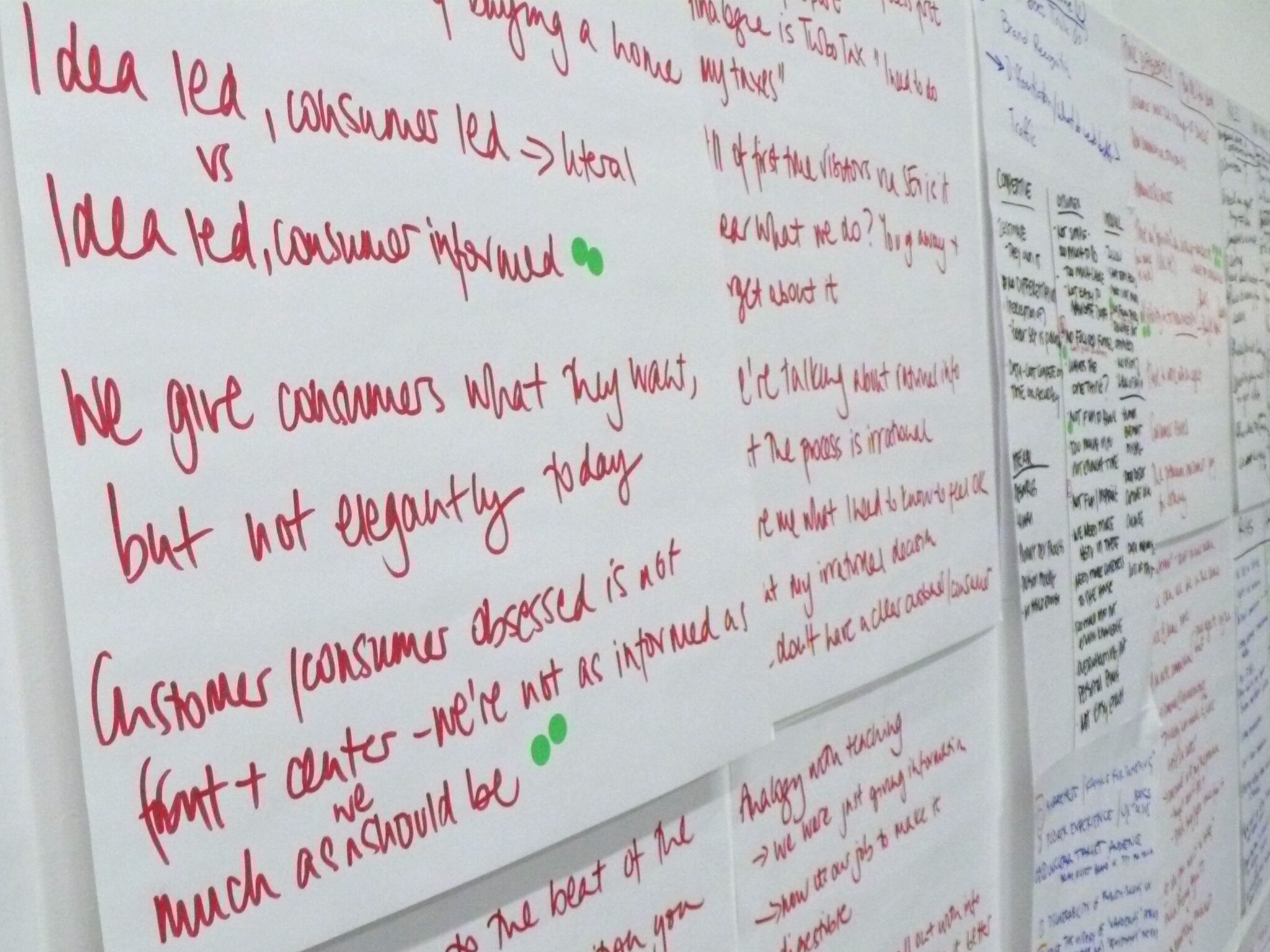
The Insight
—
Trulia was trying to solve the wrong problem.
Eventually we realized that Trulia was really only helping with the easy part—the fantasy of browsing. The app and the site were designed to prolong—not speed—the process of finding a home. And in a way, thanks largely to the MLS, the ability to browse available homes was becoming commodified. The ramifications of this insight were huge. But where to go from here? To answer that we’d need to pull together a dream team of movers and shakers from inside the company and converge on an answer that was informed, strategic, and most importantly, doable.
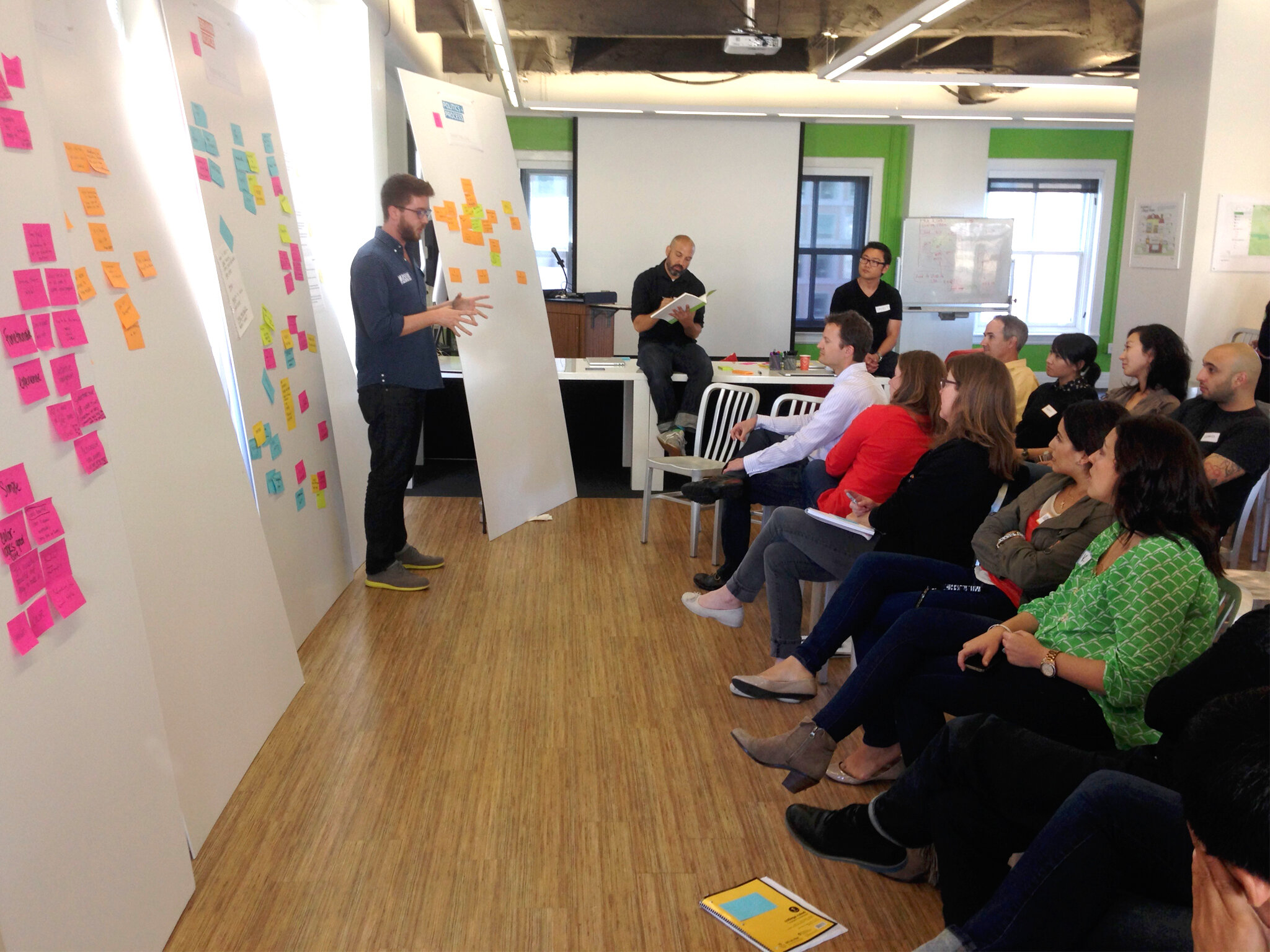

The Answer
—
Workshop our way to a new vision.
We had to move from insight to action. That meant first, backing up to reconnect the team with the company’s overall mission. And updating that mission to reflect the context of the real world. Next we workshopped how we would act on that mission. Where do we belong in the consumer journey and how do we make good on our promise? Finally, we rolled out the higher-level direction to the teams who would deliver on it, working collaboratively to develop a tangible vision of the future and a map for how to deliver it.
We knew that for a team who had spent the last five years really dialing in the browsing process, telling them that browsing wasn’t enough would come as a blow. So in our first workshop, we diligently laid out the whole story from quant to qual to insights, in the most straightforward and gentle way we could. To our surprise however, there was no surprise. They all knew it in one way or another but had simply never come together to acknowledge it as a group.
Having found agreement on the nature of the problem, we explored a range of approaches to solving it in tangible, buildable ways. After collaboratively exploring and codifying what the company stood for (who they are, what they do, how the do it) and developing a rallying cry that people could get behind, we set to work on how to turn the right ideas into the right action.
In our workshop with the movers and shakers, a viable solution finally emerged. What if Trulia expanded beyond the browsing phase into the parts of homebuying that are truly painful? What if they could make the whole process smoother by bringing transparency to every step? What if Trulia could help you find the right neighborhood, focus your search, get agent-ready, seek financing, work collaboratively with the right agent, manage inspections, sort out contingencies—and even make an offer—all in one place? Done right, the journey could be SO much smoother and achievable. Done right, the journey could be something that would actually differentiate Trulia from Zillow. Done right, the journey would create a lasting relationship between consumers and the brand.
And in this way, the company could make good on their original intent again—except this time in a world where constantly improving technology had set the bar so much higher.
“Here’s how I think about you—you’re brilliant storytellers. No matter whether the audience is internal or external, you find a way to concept and communicate a compelling and memorable story. You’re not a marketing or ad agency. You’re more than that. You’re an energizing and inspiring partner. And I know you guys’ll never let me down.”
Micky Onvural, VP of Consumer Marketing



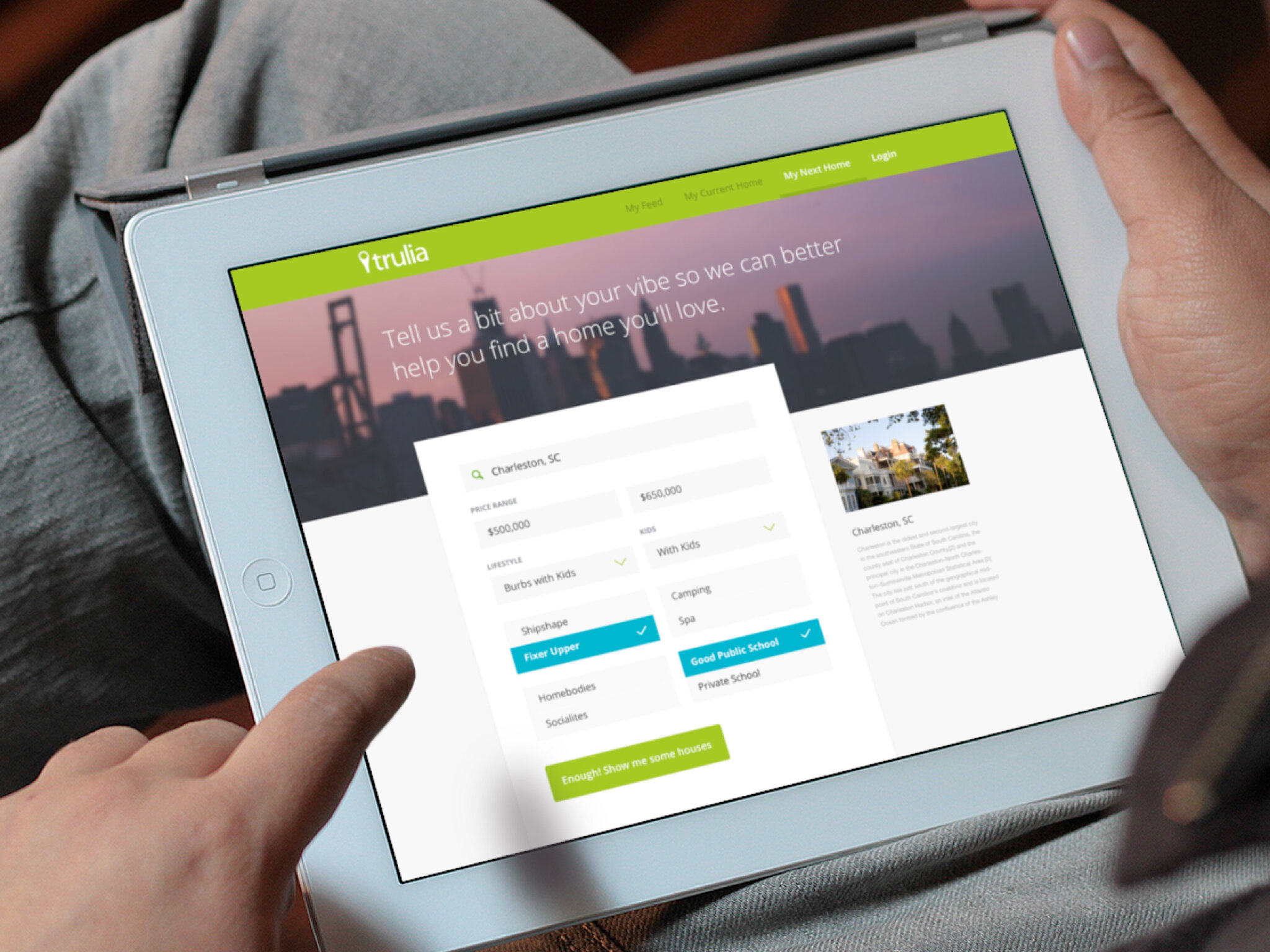
The Work
—
We got people on the same page by exploring the future of the brand (and product).
With the key stakeholders engaged and on board, we shifted gears to socializing the story to the whole company. To do that, we’d need to prototype the future—not to dictate the product, but to make the strategy make sense to a bunch of people that would eventually be on the hook for delivering it. Mapping the current customer journey, and contrasting it with the 5-year vision of what that journey should be, we set about creating provocative reference designs that demonstrated how Trulia could show up at critical points in that journey. These weren’t pixel-perfect, absolutely high-fidelity ‘OK product team, now go build it’ prototypes. Instead, they were believable artifacts of Trulia’s possible future—designed to help teams across the business connect the dots between thought and action, customer need and product experience. Not so much what it SHOULD be, but what it COULD be.

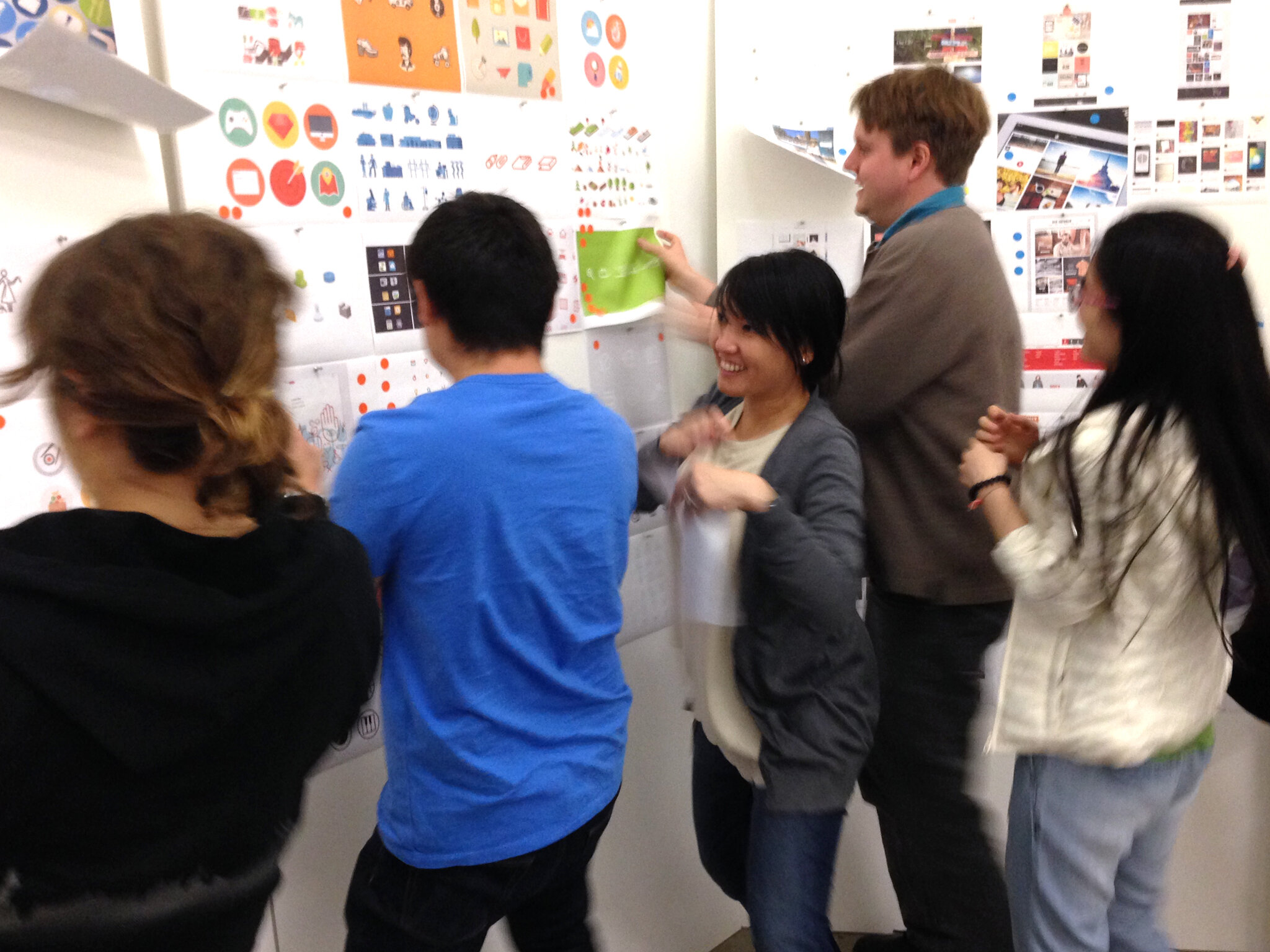

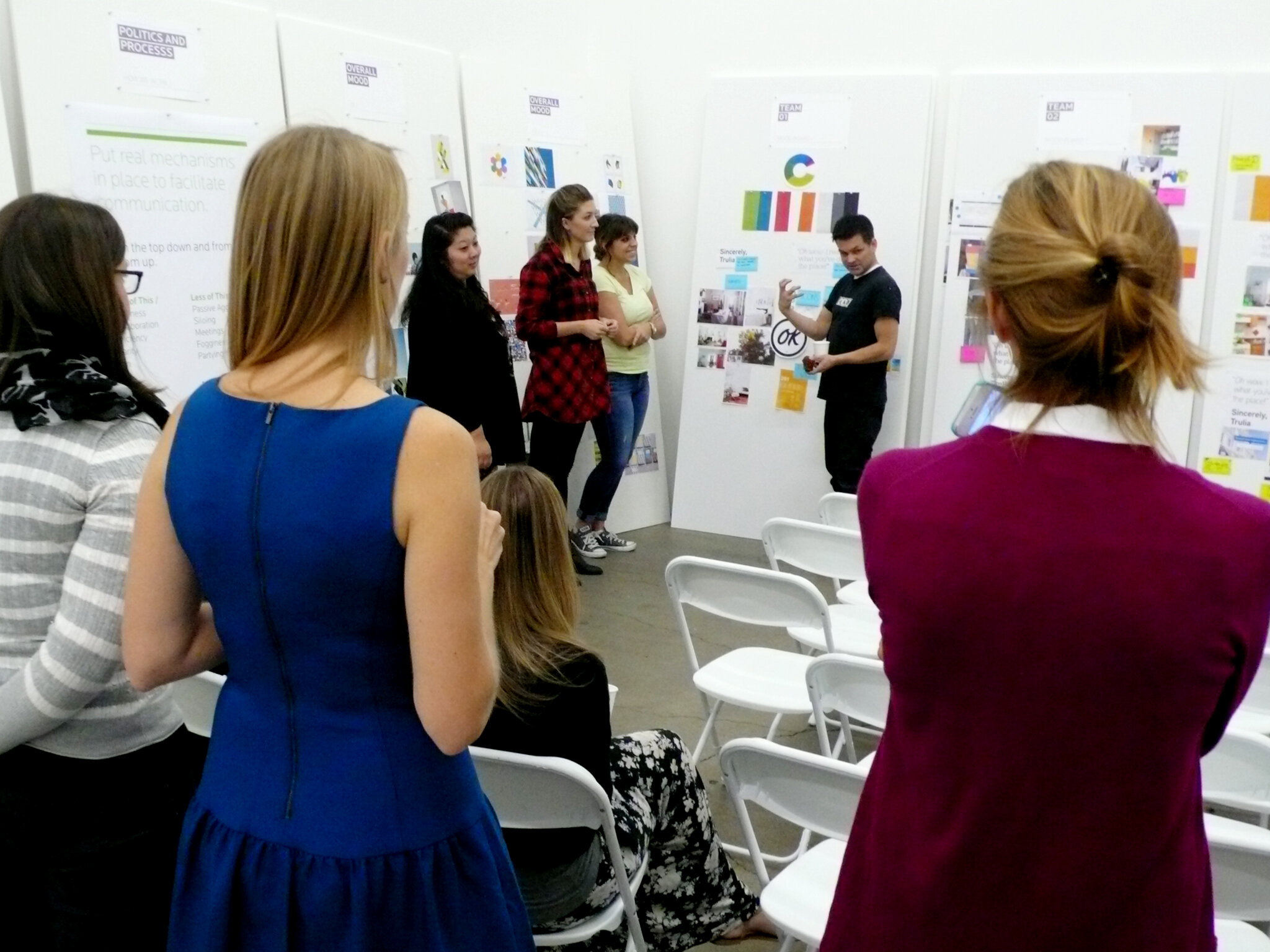


To get this in the heads of the rank and file we’d need to tell a story—in this case, the story of a young couple as they go from thinking about buying their first house, to getting un-stuck searching, to figuring out what they could actually afford, to making trade-offs, to finding the right agent, to making a bid, closing on the house, keeping tabs on its value and, eventually, starting the process all over again once baby number one is on the way. Whew. Even thinking back on it, we get a little winded. But, just like the strategy, it needed to be bigger than just browsing. This future vision, developed collaboratively with Trulia’s UX team, was real enough to feel possible, but futuristic enough to be inspirational. Engineers could start asking “what if?” and marketers could say “yes, and…”
At the big all-hands reveal that the Palace hotel, we’ve never seen so many heads nodding at once—as people heard then-CEO Pete Flint point the way forward by looking back and taking stock of what had always been true about Trulia. And the flurry of doing that spun out of that one afternoon (and the weeks and months that led up to it), still amazes us to this day. Proof positive that people can do great things when they understand the real reason(s) why.


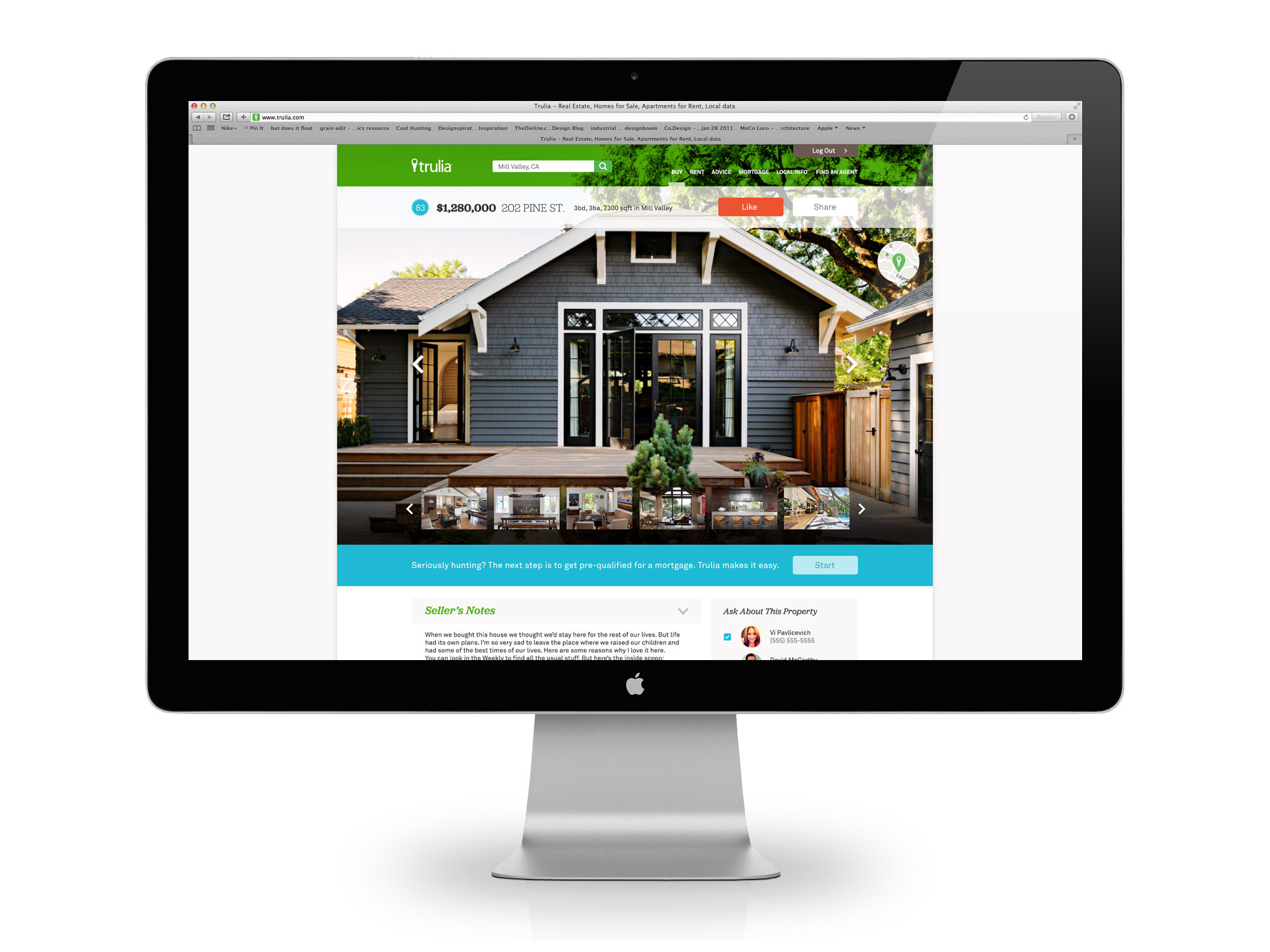
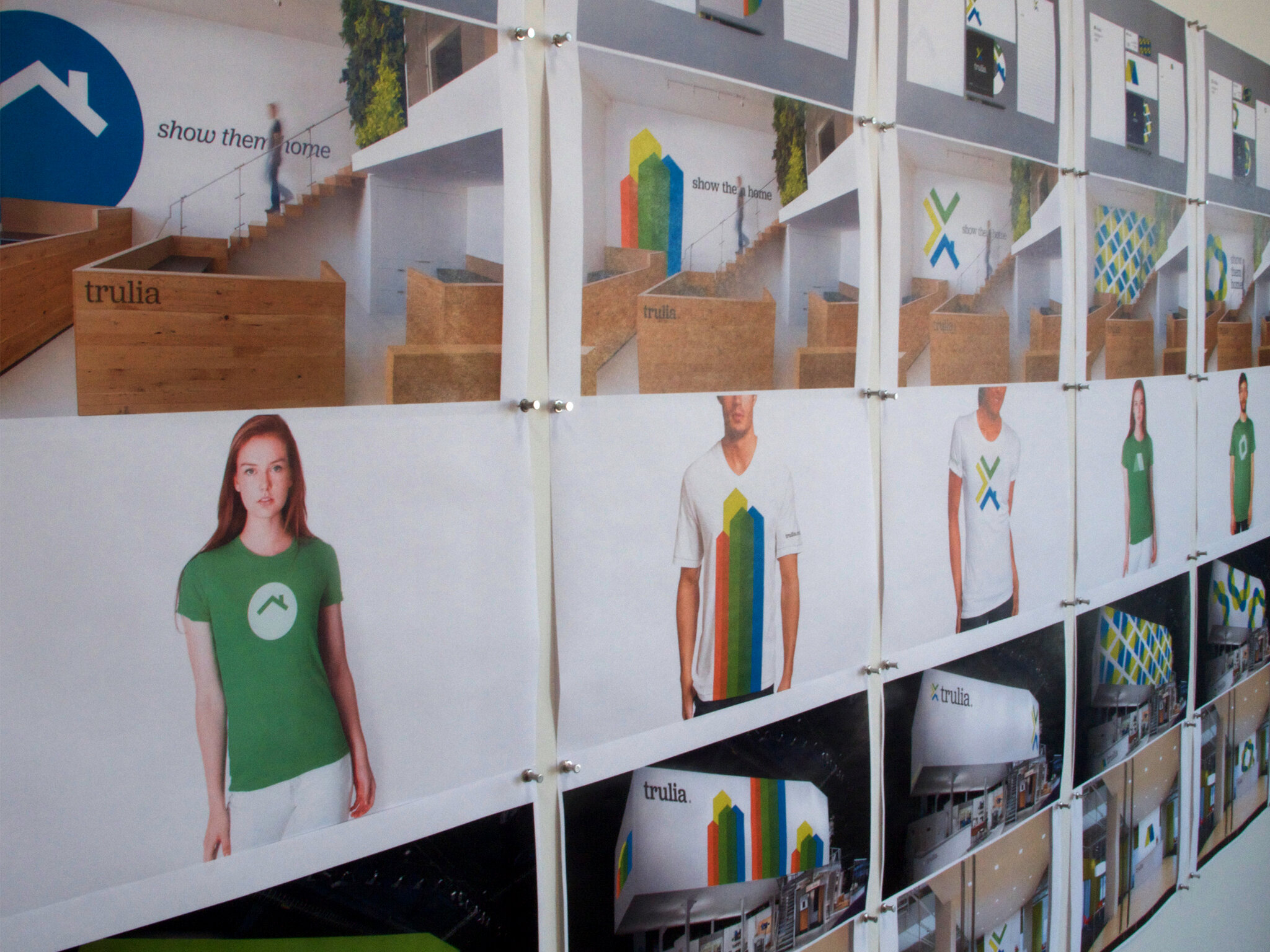
The Ending
—
If you can’t beat ‘em, join ‘em.
Turns out, all the fuss and fury about beating Zillow at their own game was just a distraction after all. Once Trulia shifted gears from going head-to-head on functionality with their former nemesis—and focused instead on solving the right problem(s) in a more meaningful way—Zillow turned around and gobbled them up for $2.5 billion in stock. Why? As Spencer Rascoff, Zillow’s CEO put it when the deal was announced: “Our powerful combination of insights and expertise will drive even greater innovation for consumers, empowering them with essential information they need to make critical financial decisions.”
Translated from PR-speak: If you can’t build it, buy it. Smart move.
What We Did
